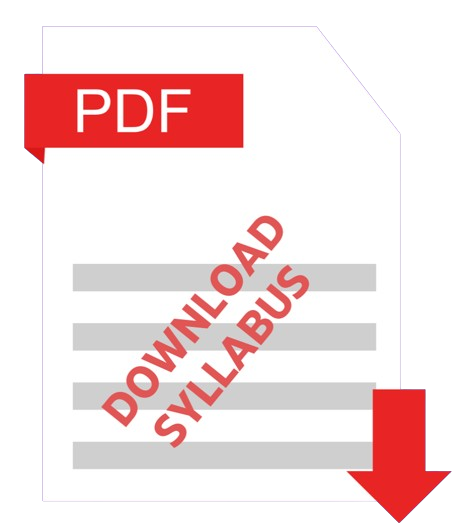Oracle Course Training
Learn Oracle programming easily at our training center. Our expert teachers will help you understand these languages step by step. Start your journey into software development today! Now you can view and download syllabus from here.
 Download Oracle Syllabus
Download Oracle SyllabusDo You Need Help?
Kumarinfotech is here to assist you. Feel free to call us.